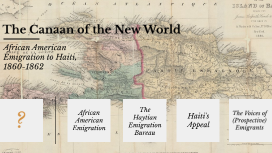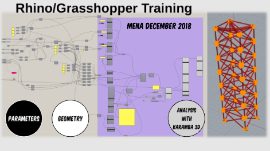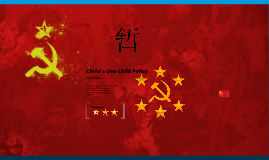Cool Template
Transcript: China enforces the one child policy through either forced abortion or the "social support fee", which is essentially a fine by the government for their extra spending on the behalf of the extra child. On August 31, 2012 reports showed that the Chinese government had collected 2.7 billion dollars between its 17 provinces from this "social support fee". Put into affect in 1979 by Deng Xiaoping. Although there has been numerous changes to the policy it is still in effect today. Fewer people around means that, in theory, their will be fewer people on welfare and fewer people to distribute land amongst. Furthermore it allows the governments to have more control over the country. Finally it means that parents will put all their resources into giving there only child the best chance in society. Their are many economic benefits from reducing your population. First off your reduce competition for jobs and as a result reduce unemployment. You also avoid extremely expensive housing because their is less demand. You also decrease the needs of the population, meaning you will use less food, water, and other resources. Put simply, the one child policy restricts the population which in turn will reduce the amount of resources consumed, emissions produced, and ecosystems destroyed due to expansion for an increasing population. There are many augments for and against the one child policy. One of the major arguments against it is the humanitarian argument. Humanitarians claim that the laws violate human rights. It also makes having multiple children a status symbol, creating further problems. Finally it creates major problems in the adoption system. However some people argue that these problems are counter acted by the money, land, and other resources it saves. Furthermore they argue that only allowing one child each will alleviate political, economic, and environmental stresses. It is estimated that the one child policy has prevented between 300 and 400 million births. Bongaarts, John, and Susan Greenhalgh. JSTOR. N.p., n.d. Web. 08 Nov. 2013. "China to Get Boost from Changes to One-child Policy." CNBC.com. N.p., n.d. Web. 08 Nov. 2013. "China's Billionaires Seemingly Exempt from One-child Policy." Shanghaiist. N.p., n.d. Web. 08 Nov. 2013. "China's One-child Policy's Human Cost Fuels Calls for Reform." The Guardian. N.p., n.d. Web. 08 Nov. 2013. "The Economic Effect of China’s One-child Policy." SmartPlanet. N.p., n.d. Web. 08 Nov. 2013. "Google Books." Google Books. N.p., n.d. Web. 08 Nov. 2013. "Has China's One-child Policy Worked?" BBC News. BBC, 20 Sept. 2007. Web. 08 Nov. 2013. "LifeNews.com." LifeNews.com. N.p., n.d. Web. 08 Nov. 2013. NCBI. U.S. National Library of Medicine, n.d. Web. 08 Nov. 2013. "One-child Policy." Wikipedia. Wikimedia Foundation, 11 May 2013. Web. 08 Nov. 2013. "China and the Path to Environmental Sustainability, ProQuest Discovery Guides." China and the Path to Environmental Sustainability, ProQuest Discovery Guides. N.p., n.d. Web. 08 Nov. 2013. "Review of Economic Studies." Do Population Control Policies Induce More Human Capital Investment? Twins, Birth Weight and China's "One-Child" Policy. N.p., n.d. Web. 08 Nov. 2013. The Numbers China's One Child Policy The policy was introduced in 1979 by Deng Xiaoping . It was created by the Chinese government to fix social, economic, and environmental issues in China. They attempted to do this by reducing population growth. How Why: Environmental Why: Social When 1979-Present Why: Economic Argue For or Against It

















